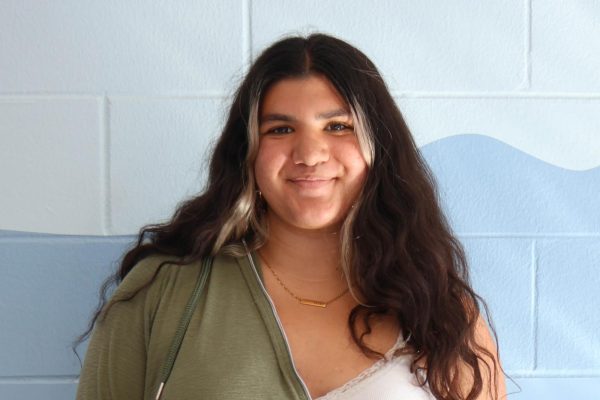By now, most teenagers and adults have likely seen or participated in the recent USC Speak Your Mind Ice Bucket Challenge. As many of us scrolled through our friends’ stories on Instagram, we saw numerous people dumping buckets of water on their heads. Many of us got notifications of being tagged in the challenge ourselves. However, the question stands for many of us: Why were we doing it?
In the summer of 2014, Anthony Senerchia, Pete Frates and Pat Quinn– three men living with ALS– started the ALS Ice Bucket Challenge. The challenge became extremely successful and popular, with over 17 million people participating in the challenge, which raised over 115 million dollars for ALS research and care.
ALS, or amyotrophic lateral sclerosis, is a terminal nervous system disease that worsens over time. The disease causes loss of muscle control, eventually taking your ability to talk, walk, eat, move and breathe. The disease does not currently have a cure; all current treatments aim to slow the progression of the fatal disease. Hence, the ALS Ice Bucket Challenge was created to raise money for research and to help find a cure.
The challenge came back for a new cause on March 31 by the University of South Carolina’s Mental Illness Needs Discussion club. The group had lost two friends to suicide. They had been inspired by how many people participated in the original trend, and they wanted to bring the same awareness to mental health. The challenge went viral on multiple social media platforms, resulting in $370,000 in donations raised by May 3.
Despite the well-meaning cause, most participants did not realize what the trend was about. The majority of participants saw that their friend tagged them and joined the challenge without looking into it. People rarely knew that they were doing the trend for a cause, let alone what that cause was.

Along with the fact that people were largely unaware of why they were participating in this trend, many people began turning it into something it is not. The ice bucket challenge sparked an additional trend of nominating your friends to do certain activities. For example, Instagram stories have been overrun by story templates such as, “little you nominate 6.” Essentially, you post a picture of yourself with whatever the template says, such as a picture of you as a kid in this example, and then nominate six other people to do the same. This seems to overshadow the ice bucket challenge, seeing as it started up right when the ice bucket challenge died down.
Additionally, another similarly misguided spin-off trend has emerged from the ice bucket challenge. This trend includes TikTok users making videos nominating themselves or others to do something for them or that they want to do. For example, one TikTok user nominated “all boyfriends to get your girl starbucks.” This video is not alone, as there are hundreds of similar videos nominating people to do various things that have nothing to do with the original trend.
People not understanding the original cause of the trend and creating inspired trends that are unrelated is harmful to the cause. When people nominate others for silly things like buying them food or to post their younger selves, it makes mental health and ALS seem more like a joke. The cause is overshadowed by a trend, stopping the awareness once being spread by the videos. It is okay to post photos of your younger self, but there is no need to post it in a “nomination” that effectively erases the exposure mental health and ALS received from the trend.











